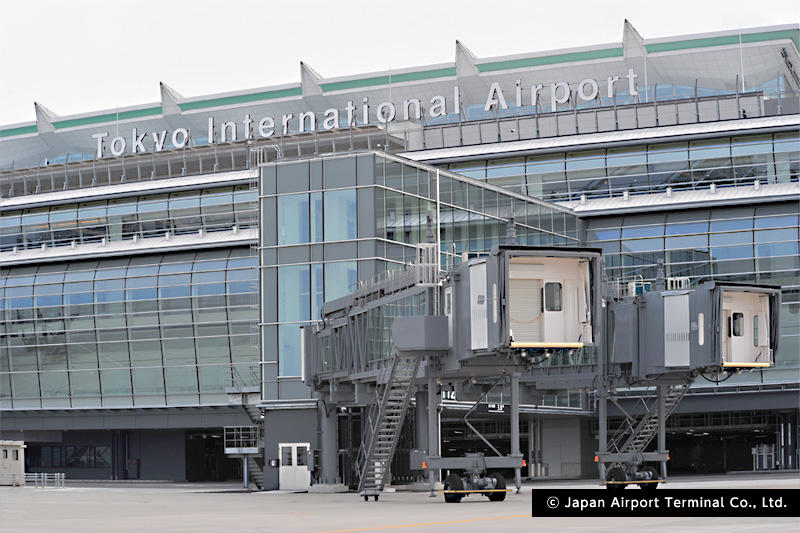The International Air Transport Association (IATA) has called on Japan to prepare its airport infrastructure for the 2020 Olympics and future growth of the tourism industry using what it calls “joined-up thinking” and extensive consultation with industry.
In 2016 Japan welcomed some 24 million international tourists. In the 2020 Olympic year, Japan hopes to welcome 40 million visitors, who are expected to spend some $70bn. And the 2030 target is to attract some 60 million overseas visitors with expected tourism receipts of $130bn.
Successful infrastructure planning, says IATA, will play a key role in the continued growth of tourism in Japan. The association cites the development of Tokyo-Haneda’s international network, the privatization of Sendai and Osaka’s Kansai and Itami Airports; and continuous efforts to improve competitiveness by reducing costs and optimize infrastructure as positive developments.
“Not that long ago Japanese airports were the most expensive in the world. They are not cheap today, but Kansai and Narita have dropped from among the ten most expensive to 13th, and 23rd, respectively. We are moving in the right direction and there is still more to be done—particularly at Haneda which is bucking the positive trend by raising charges,” said Alexandre de Juniac, IATA’s CEO.
According to IATA, Japan needs to focus on the following infrastructure aspects:
- In January Japan’s first Smart Security implementation became operational at Kansai International Airport. It is delivering a better passenger experience along with more effective security. Japan needs to become a model for Smart Security implementation in time for the 2020 Olympic Games.
- While Japan is a leader in self-service technology for domestic operations, many features are not available for international travellers. To maximize terminal efficiency in advance of the Olympic Games, Japan’s airports need to prioritize enabling international travellers to take advantage of mobile boarding passes, kiosks and home-printed bag tags.
- IATA expressed its support for the Collaborative Actions for Renovation of Air Traffic Systems (CARATS) to deliver the promised doubling of airspace capacity. Airspace is a particular constraint in Tokyo and IATA also called for government efforts to alleviate congestion by opening more airspace over central Tokyo. In the long-term, cooperation with US military authorities, which control significant parts of Tokyo’s airspace, should also yield more capacity.
- IATA recognizes the significant capacity enhancements achieved through the development of Low Cost Terminals at Kansai and Narita Airports. It, however, urged that costs and benefits of future developments be carefully considered.

